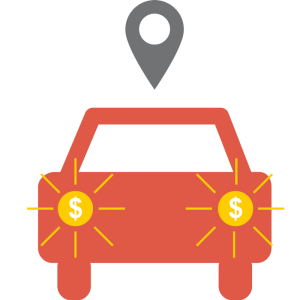Both are relevant in terms of a driver of sales team produ ctivity. But the considerations must be deliberated in tandem with its sister sales team productivity driver – selling time vs driving time. For typical B2B sales organisations, two standard deviations from bell curve will apply, like many of these issues. Most sales organisations should be striving to keep their Sales Execs on the road for at least 4.5 days per week. Communication tools of the trade, disciplined business rules to support delineation between “after sales” customer care between the Sales Team and the Customer Service Team, and a territory-based culture are the cornerstones. Some organisations can even push up towards 4.75 days per week.
ctivity. But the considerations must be deliberated in tandem with its sister sales team productivity driver – selling time vs driving time. For typical B2B sales organisations, two standard deviations from bell curve will apply, like many of these issues. Most sales organisations should be striving to keep their Sales Execs on the road for at least 4.5 days per week. Communication tools of the trade, disciplined business rules to support delineation between “after sales” customer care between the Sales Team and the Customer Service Team, and a territory-based culture are the cornerstones. Some organisations can even push up towards 4.75 days per week.
The real key to visit and sales team productivity is the visit to drive time ratio. With our roads becoming more and more congested, this ratio is becoming lower and lower in many industries. Brilliant territory mapping, based on even visit workload per , and well balanced metro vs regional allocations used to be a competitive advantage. It still is but now it is an economic imperative. Even that is not enough to justify Sales team ROI. Brilliant intra-territory routing and journey planning is also a compelling competitive advantage and economic imperative.
This is not something that can be left in the responsibility of each Sales team member. It must be systemised.
Keep an eye out for next week’s post : “It’s not what you sell but why – is Simon Sinek right for Australian B2B sales” organisations?Want to learn more? Check out “Keep your territory based Sales Execs on territory…how to maximise sales team productivity via good visit design”
